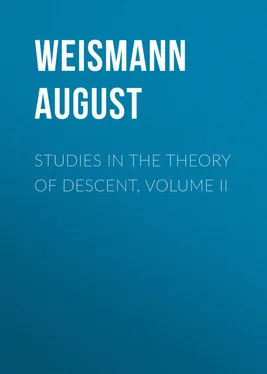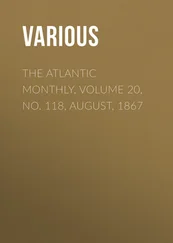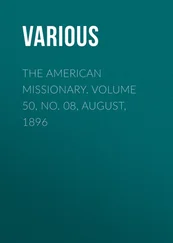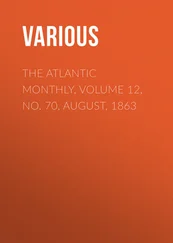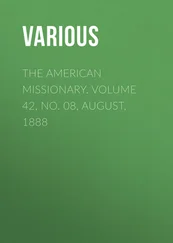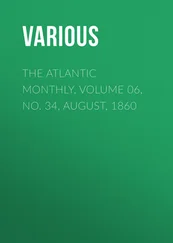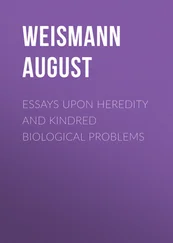“Prodromus Systematis Lepidopterorum.” Regensburg, 1864.
[The larva of Acherontia Morta , figured by Butler (see note 121, p. 262), possesses the characteristically recurved horn; that of Ach. Medusa figured by the same author, does not appear to possess this character in any marked degree. R.M.]
[See note 97, p. 233. R.M.]
Loc. cit. Pl. XXV. [This species is referred by Butler to the genus Paonias , Hübn. R.M.]
Abbot and Smith, Pl. XXIX. [Placed by Butler in the genus Cressonia , Grote and Robinson. Abbot and Smith state that this larva is sometimes green. According to Mr. Herman Strecker (Lepidop. Rhopal. and Hetero, Reading, Pa. 1874, p. 54) it feeds upon black walnut ( Juglans Nigra ), hickory ( Carya Alba ), and ironwood ( Ostrya Virginica ). Of the North American species of Smerinthus , the following, in addition to Excæcatus , closely resemble our Ocellatus : — S. (Calasymbolus) Geminatus , Say; (C.) Cerisii , Kirby; and Ophthalmicus , Boisd. In addition to S. (Cressonia) Juglandis , S. (Triptogon) Modesta much resembles our Populi . The larva of Geminatus , according to Strecker, is “pale green, lightest above, with yellow lateral granulated stripes; caudal horn violet; stigmata red. It feeds on the willow.” R.M.]
Cat. Brit. Mus.
[This lengthening of the true legs is mimetic according to Hermann Müller, and causes the anterior portion of the caterpillar to resemble a spider. See note 129, p. 290. R.M.]
[Certain butterflies appear to be crepuscular, if not nocturnal in their habits. Thus in his “Notes on the Lepidoptera of Natal,” Mr. W. D. Gooch states that he never saw Melanitis , Leda , or Gnophodes Parmeno on the wing by day, but generally during the hour after sunset. He adds: – “My sugar always attracted them freely, even up to 10 or 11 p.m.” Many species of Hesperidæ are also stated to be of crepuscular habits by this same observer. See “Entomologist,” vol xvi. pp. 38 and 40. R.M.]
I only make this assumption for the sake of simplicity, and not because I am convinced that the existing Rhopalocera are actually the oldest Lepidopterous group.
Zeitschrift für wissenschaftl. Zoologie, vol. xx. p. 519.
[See for instance Lubbock’s “Origin and Metamorphoses of Insects,” chap. iii.; and F. M. Balfour’s “Comparative Embryology,” vol. i., 1880, pp. 327 – 356. This last work contains an admirable résumé of our knowledge of the embryonic development of insects up to the date of publication. R.M.]
Are not the 4th, 11th, and 12th segments destitute of the rudiments of legs as in the larvæ of all existing saw-flies? I might almost infer this from Bütschli’s figures (see for instance Pl. XXV., Fig. 17A).
[The grub-formed Hymenopterous larvæ, like the larvæ of all other holometabolous insects, thus represent an acquired degenerative stage in the development, i. e. an adaptation to the conditions of life at that stage. Bearing in mind the above-quoted observations of Bütschli and the caterpillar-like form of the Terebrantiate group of Hymenopterous larvæ, the following remarks of Balfour’s ( loc. cit. p. 353), appear highly suggestive: – “While in a general way it is clear that the larval forms of insects cannot be expected to throw much light on the nature of insect ancestors, it does nevertheless appear to me probable that such forms as the caterpillars of the Lepidoptera are not without a meaning in this respect. It is easy to conceive that even a secondary larval form may have been produced by the prolongation of one of the embryonic stages; and the general similarity of a caterpillar to Peripatus , and the retention by it of post-thoracic appendages, are facts which appear to favour this view of the origin of the caterpillar form.” See also Sir John Lubbock, loc. cit. , pp. 93 and 95. R.M.]
